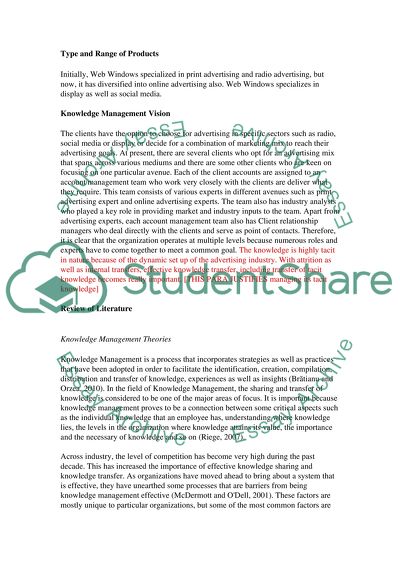Cite this document
(“Information and knowledge management for managers Term Paper”, n.d.)
Retrieved de https://studentshare.org/marketing/1391764-information-and-knowledge-management-for-managers
Retrieved de https://studentshare.org/marketing/1391764-information-and-knowledge-management-for-managers
(Information and Knowledge Management for Managers Term Paper)
https://studentshare.org/marketing/1391764-information-and-knowledge-management-for-managers.
https://studentshare.org/marketing/1391764-information-and-knowledge-management-for-managers.
“Information and Knowledge Management for Managers Term Paper”, n.d. https://studentshare.org/marketing/1391764-information-and-knowledge-management-for-managers.


